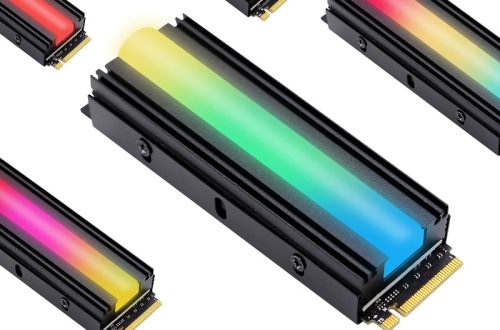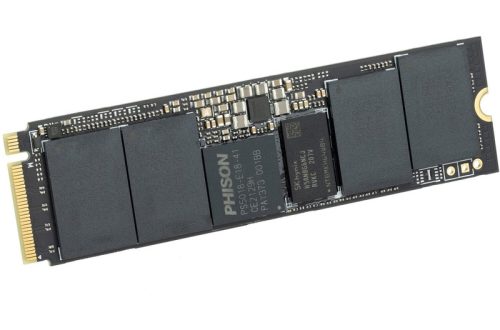Part 1: Understanding Speaker Remote Controls
1. Functionality:
Speaker remote controls offer a range of functionalities designed to enhance the listening experience. Beyond basic volume adjustments, many remote controls allow users to fine-tune sound settings such as bass, treble, and balance. This level of customization empowers users to tailor the audio output to their personal preferences and listening environment.
Additionally, some speaker remote controls feature advanced functions like preset selection, source switching, and even integration with smart home systems. These features provide added convenience and flexibility, allowing users to control their speakers seamlessly from a distance.
2. Compatibility:
When selecting a speaker remote control, compatibility is a crucial factor to consider. Some speaker systems come with proprietary remote controls that are specifically designed for that particular model. These remote controls often offer the most comprehensive functionality and integration with the speaker system’s features.
However, if your speaker system doesn’t come with a remote control or if you prefer a universal solution, there are many universal remote controls available that can be programmed to operate a wide range of audio-visual devices, including speakers. These remotes often require a setup process to learn the infrared codes of your specific speaker system.

Part 2: Types of Speaker Remote Controls
1. Infrared (IR) Remotes:
The majority of traditional speaker remote controls utilize infrared (IR) technology. These remotes emit invisible light signals that are detected by an IR sensor on the speaker system. To function effectively, IR remotes require a direct line of sight between the remote and the sensor. This can sometimes limit their range and require careful positioning to ensure proper operation.
While IR remotes have been a reliable standard for many years, they can be susceptible to interference from sunlight or other sources of infrared radiation. This can cause the remote to malfunction or lose its signal. Additionally, IR remotes typically have a shorter range compared to newer technologies, limiting their flexibility in certain environments.
2. Bluetooth Remotes:
With advancements in technology, Bluetooth-enabled remote controls have become increasingly popular for speaker systems. These remotes offer greater flexibility and convenience compared to traditional IR remotes.
Bluetooth remotes do not require a direct line of sight between the remote and the speaker system. They operate within a designated Bluetooth range, allowing users to control their speakers from a greater distance. This is particularly beneficial in larger rooms or outdoor spaces where maintaining a direct line of sight can be challenging. Furthermore, Bluetooth remotes often offer additional features and functionalities, such as pairing with multiple devices or integrating with smart home systems. This versatility makes Bluetooth remotes a popular choice for modern speaker systems.

Part 3: Features to Look for in Speaker Remotes
1. Range:
The range of a speaker remote control is a crucial factor to consider, especially if you have a large room or if you want the flexibility to adjust settings from a distance. A longer range allows you to control your speakers from different parts of the room without having to get up close. This is particularly convenient for home theater setups or outdoor listening areas.
When choosing a speaker remote control, look for models that advertise a long operating range. This will ensure that you can comfortably control your speakers from anywhere in the room without experiencing signal loss or interference.
2. Programmable Buttons:
Many modern speaker remote controls feature programmable buttons that can be customized to trigger specific commands or presets. This allows you to create shortcuts for your most frequently used functions, such as switching between audio modes, accessing favorite radio stations, or adjusting equalizer settings.
Programmable buttons can significantly enhance the convenience and usability of your speaker remote control. By assigning frequently used commands to dedicated buttons, you can streamline your audio control experience and reduce the time it takes to access your desired settings. This can be especially helpful for users who frequently switch between different audio sources or prefer to have certain settings configured in advance.
Part 4: Importance of User-Friendly Design

1. Button Layout:
A well-designed speaker remote control should prioritize a user-friendly button layout for easy and intuitive operation. Clear labeling and distinct button arrangements can significantly enhance the user experience, reducing the time it takes to find and adjust desired settings.
The most commonly used buttons should be prominently positioned and easily accessible. Buttons for volume, bass, treble, and other essential functions should be clearly labeled and distinguishable from one another. Additionally, consider the arrangement of buttons to avoid accidental presses and ensure a smooth and efficient control experience.
A well-organized button layout can make a significant difference in how enjoyable and intuitive your speaker remote control is to use. It can reduce frustration and improve the overall listening experience.
2. Ergonomics:
The comfort and ease of handling a speaker remote control should not be overlooked. An ergonomic design with a comfortable grip and strategically placed buttons can significantly enhance the user experience, especially during prolonged use.
A poorly designed remote control can lead to discomfort, fatigue, and even pain, particularly for users with sensitive hands or arthritis. Consider the shape, size, and weight of the remote when selecting a model. A comfortable grip and well-balanced design can make a significant difference in your overall satisfaction with the remote control.
By choosing a speaker remote control with an intuitive button layout and ergonomic design, you can ensure a more enjoyable and efficient listening experience. These factors can contribute to a more positive perception of your speaker system and enhance your overall audio enjoyment.

Part 5: Universal Remote Options
1. Convenience:
Universal remote controls offer a significant advantage in terms of convenience and simplicity. By consolidating the control of multiple devices into a single remote, these devices eliminate the clutter and confusion that can arise from having multiple remotes. This is particularly beneficial for those with complex home theater systems or multiple audio-visual devices.
With a universal remote, users can easily switch between devices, adjust volume, control playback, and access other functions without the need to fumble with multiple remotes. This streamlined control process can enhance the overall user experience and make it easier to enjoy your entertainment setup.
2. Compatibility:
When considering a universal remote for speaker control, it’s crucial to ensure that it is compatible with the specific brand and model of your speakers. Some universal remotes may offer more limited compatibility, while others can control a wider range of devices. Additionally, it’s worth considering the advanced features that a universal remote may offer. Some remotes may include voice control capabilities, allowing you to control your speakers using your voice. Others may integrate with smartphone apps, providing additional features and customization options.
By selecting a universal remote that is compatible with your speaker system and offers the desired features, you can significantly enhance your control experience and enjoy a more seamless and intuitive interaction with your audio-visual setup.
Part 6: Customization and Advanced Control Options

1. Smartphone Apps:
Many modern speaker systems offer companion smartphone apps that provide additional features and functionalities beyond those offered by the included remote control. These apps can be a valuable tool for customizing your listening experience and accessing advanced features.
Some smartphone apps allow you to create personalized sound presets, tailoring the audio output to your preferences. You can also use these apps to calibrate your speaker system to your listening environment, ensuring optimal sound quality. Additionally, many apps offer seamless integration with music streaming services, allowing you to control playback and discover new music directly from your smartphone. By utilizing a smartphone app, you can take full advantage of the capabilities of your speaker system and create a more personalized and enjoyable listening experience.
2. Voice Control Integration:
With the increasing popularity of smart home devices, many speaker systems now offer voice control integration with popular virtual assistants like Amazon Alexa or Google Assistant. This advanced control option allows you to adjust speaker settings, control playback, and access other features using your voice.
Voice control can be particularly convenient for hands-free operation, especially in situations where using a remote control might be difficult or inconvenient. By simply speaking a command, you can adjust the volume, skip tracks, or even request specific songs or playlists. Voice control integration can add a new level of convenience and functionality to your speaker system, making it easier to enjoy your music and other audio content.
In conclusion, choosing the right speaker remote control is essential for optimizing the audio experience and convenience. Understanding the types of remotes available, key features to consider, and advanced control options can help users make informed decisions when selecting a remote that best suits their needs and enhances their overall audio enjoyment.




